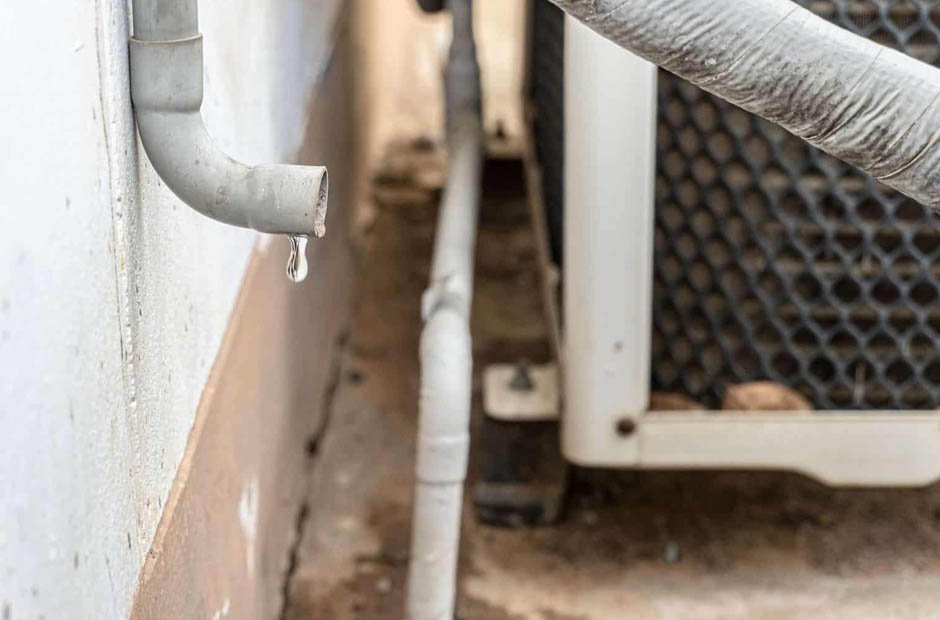In the world of HVAC systems, managing condensate efficiently is crucial to ensuring both system effectiveness and longevity. Condensate extraction, particularly in high humidity environments or in systems like high-efficiency furnaces and air conditioners, is not just a technical requirement but a necessity for preventing water damage and maintaining air quality. This guide dives into the essentials of condensate extraction, offering HVAC professionals insights into the best practices, tools, and innovations in the field.
Understanding Condensate in HVAC Systems
Condensate in HVAC systems is primarily water vapor that cools and becomes liquid as it passes through the cooling coils. Managing this byproduct effectively is critical to prevent issues such as water leaks, mold growth, and system degradation.
Importance of Proper Condensate Drainage
Proper condensate drainage is vital for several reasons:
- Prevents overflow: Ensuring condensate flows correctly to the drain keeps the drip pan from overflowing, which can cause water damage and mold growth.
- Maintains efficiency: Proper drainage ensures that HVAC systems run more efficiently, without the hindrance of excess moisture.
- Protects components: By preventing water buildup, the system’s components are less likely to suffer from corrosion or other moisture-related damages.
Utilizing Air Conditioning Condensate Pumps
In systems where gravity drain lines are impractical or impossible to install, airconditioning condensate pumps become essential. These pumps actively remove water from the air handler’s drip pan and pump it to a proper disposal area, ensuring that the HVAC system remains dry and efficient. This method is especially important in basement installations or in commercial buildings where condensate must be moved over a long distance or upwards to reach a drain.
Best Practices for Condensate Removal
To optimize the function and reliability of HVAC systems, there are several best practices that professionals should follow regarding condensate removal.
Regular Maintenance Checks
Regular inspection and cleaning of condensate pans and drain lines are imperative to prevent sludge and mold buildup, which can block the flow of condensate and cause overflow problems.
Correct Sizing and Installation of Condensate Pumps
Selecting the right size and type of condensate pump is critical. The pump must have the capacity to handle the condensate volume produced while being suitable for the specific installation environment (e.g., residential vs. commercial). Proper installation according to manufacturer instructions ensures reliable operation.
Use of Check Valves
Installing check valves prevents the backflow of water that could lead to pan overflows and potential water damage.
Condensate Handling Innovations
Technological advancements have introduced several innovations in condensate handling that enhance the effectiveness and user-friendliness of HVAC systems.
Smart Condensate Pumps
Newer condensate pump models come equipped with sensors and Wi-Fi connectivity that allow for remote monitoring and control. These smart pumps can send alerts if the water level in the pump reservoir gets too high or if the pump fails, allowing for quick interventions that can prevent damage.
Eco-Friendly and Energy-Efficient Designs
Recent designs of condensate removal systems focus on energy efficiency and environmental friendliness. Some pumps now operate only when condensate detection occurs, reducing energy consumption.
Integrated Treatment Systems
To tackle the issue of microbial growth in condensate systems, some newer models integrate UV lights or use antibacterial treatments that cleanse the water before it is expelled, significantly reducing the risk of mold and bacteria buildup.
Troubleshooting Common Condensate Removal Issues
Even with the best installation practices, issues can arise that necessitate troubleshooting by a skilled HVAC professional.
Clogged Drain Lines
This is the most common problem associated with condensate removal. Regular cleaning with a vinegar solution can help prevent algae and mold buildup. For severe clogs, a professional may need to use a special vacuum or pressure device to clear the line.
Pump Failures
Condensate pump failures can result from several issues, including mechanical wear, electrical failures, or blockages in the pump itself. Regular maintenance and timely replacement of worn-out pumps are crucial.
Improper Installation
Improperly installed drain lines or pumps can lead to frequent failures and operational inefficiencies. Ensuring that all installations follow the guidelines and standards specified by manufacturers and industry best practices is key.
Mastery of Moisture Management
For HVAC professionals, mastering the intricacies of condensate extraction is not just about technical know-how—it’s about ensuring the longevity, efficiency, and reliability of air conditioning systems. By staying informed about the latest practices, technologies, and troubleshooting methods, professionals can provide solutions that keep systems running smoothly while preventing potential damage and health issues associated with poor moisture management. With the right approach and tools, the challenge of condensate can be managed effectively, ensuring comfort, safety, and satisfaction for all users.
Top of Form


